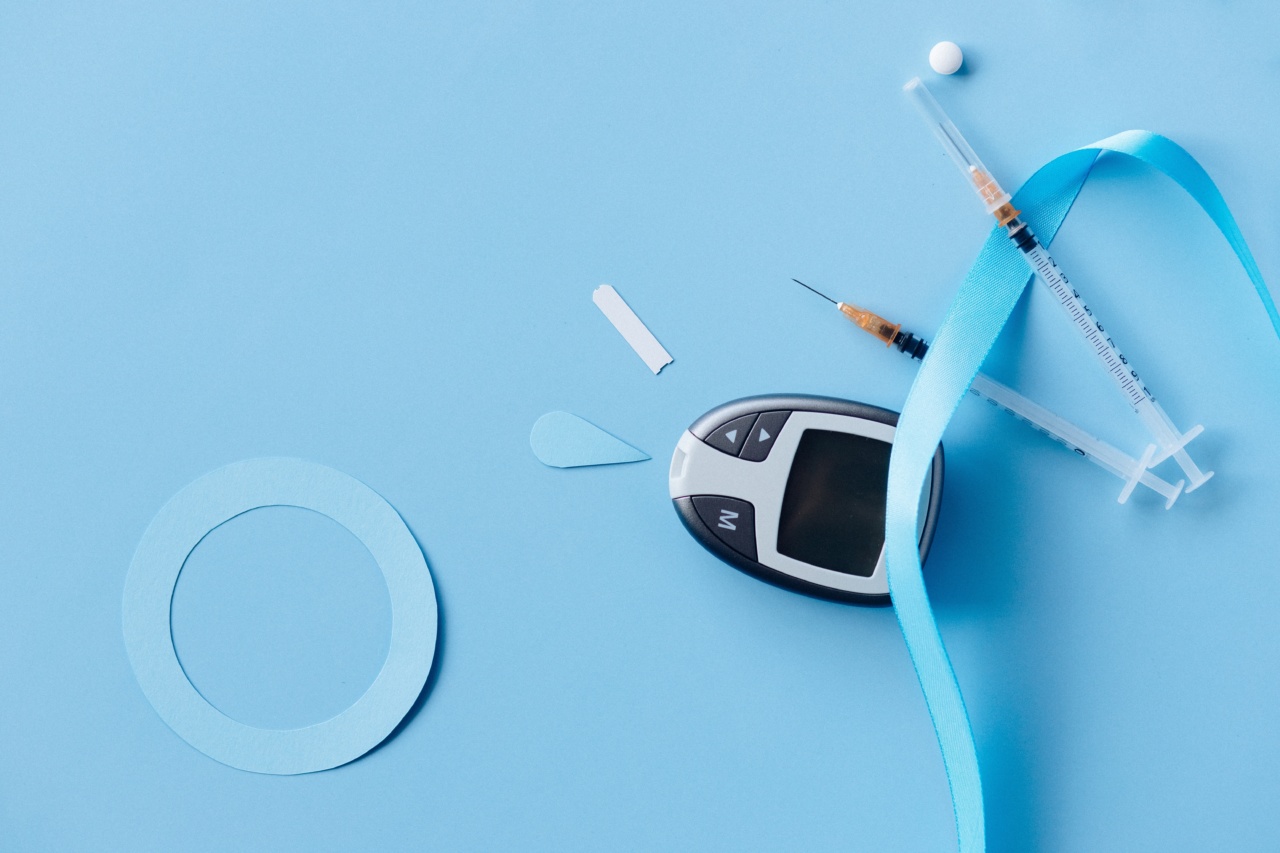Autism is a neurological disorder that affects a person’s ability to communicate, socialize, and exhibit repetitive behaviors. It is typically diagnosed within the first three years of a child’s life.
Autism is caused by a combination of genetic and environmental factors, and the exact cause is still unknown. However, research suggests that early intervention and treatment can significantly improve outcomes for individuals with autism.
Diagnosis of Autism
Diagnosing autism can be challenging because the disorder affects each individual differently. However, early diagnosis is critical to improve the success of treatment. Some common signs of autism include:.
- Lack of or delay in spoken language
- Lack of interest in playing with peers
- Lack of eye contact
- Repetitive behaviors, such as hand flapping or lining up toys
- Highly restricted interests
Healthcare providers will use various approaches to diagnose autism, such as:.
- Observing and interacting with the child
- Conducting developmental screening tests
- Referring the child to specialized healthcare professionals
Traditional Treatment for Autism
For decades, traditional treatment for autism has focused on therapies such as:.
- Behavioral and communication therapies
- Occupational and physical therapies
- Medication for specific symptoms, such as anxiety or depression
While these therapies have shown some success, they may not work for every individual with autism. For instance, some individuals have trouble with communication, which can impede the effectiveness of behavioral and communication therapies.
Others may have behavioral challenges that require stronger interventions.
Cutting-Edge Treatment for Autism
Recent advances in research have led to cutting-edge treatments that offer promise for individuals with autism. One of these treatments is called Stem Cell Therapy.
Stem cells are found in different parts of the body, including bone marrow, umbilical cords, and placenta. Researchers are investigating how stem cells can help repair and regenerate cells in the body.
Stem cells therapy using adipose-derived stem cells (ADSCs) is one of the most promising therapies for people with Autism Spectrum Disorders (ASD) which tries to effect modifications on the immune and neuroinflammatory mechanisms involved in the etiology of these diseases.
How Stem Cell Therapy Works for Autism?
In stem cell therapy for autism, stem cells are extracted from the patient’s bone marrow or fat tissue and then injected into their bloodstream.
From there, the cells travel to various areas of the body where they differentiate into specific types of cells, such as brain cells.
Stem cells have the potential to regenerate and repair the damaged cells in the brain. In autistic individuals, stem cells may help repair the damage caused by inflammation and oxidative stress.
Stem cells have been found to stimulate the growth of new brain cells and develop new synaptic connections, contributing to better communication within this network. This means that autistic individuals who undergo stem cell therapy may experience improved brain function and decreased symptoms of autism.
Results of Stem Cell Therapy for Autism
Researchers are still studying the impact of stem cell therapy on individuals with autism. However, early results are promising. Some studies have shown that stem cell therapy can improve behavior, socialization, and communication in autistic children.
For instance, a small study published in the Journal of Translational Medicine found that stem cell therapy significantly improved symptoms in children with severe autism. The treatment improved communication, social interaction, and self-help skills.
The improvements persisted for up to six months after the treatment.
Another study published in Stem Cells Translational Medicine found that stem cell therapy using umbilical cord blood improved behavior and communication in autistic children.
Conclusion
While stem cell therapy is still considered a new and experimental treatment for autism, it shows great promise for improving outcomes in individuals with autism.
This innovative approach aims to address the root cause of autism by repairing damaged cells in the brain. It has shown early success in improving the communication, social interaction, and self-help skills in children with autism.
As researchers continue to study the potential of stem cell therapy for autism, we may discover even more treatment options, including individualized protocols to optimize the response of each patient.
All of this ultimately provides hope for a better future for those with autism spectrum disorders.



























